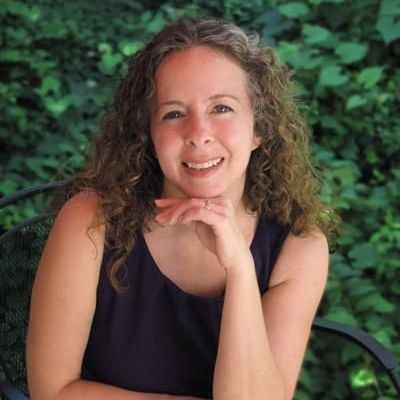|
I have often found students to be more comfortable being uncomfortable when not seated at desks and was interested in expanding my toolbox of creative activities which don’t rely excessively on technology and which can take us outside of the classroom. I also believe that playful pedagogy isn’t just about games and creative activities. It speaks to an attitude, atmosphere and overall class dynamic which makes students forget that learning is taking place as they connect with others in novel ways in a low-stress, low-stakes learning environment.
|
Teaching languages is like cooking. We add different spices to create different layers of flavor. When a movie is on the menu in my classes, discussing the plot and introducing some culture points are just the basic layer, which we expand through different creative activities. How to make the cook and customer both are satisfied? It is the core of language teaching. | |
|
My brief introduction to playful pedagogy inspired me to include a neutral listening activity in my classroom to help students focus on their message in another language and then on form. It was such a success both communicatively and pedagogically that I was eager to learn more about how to incorporate principles of play in my teaching. Each activity is surprisingly adaptable and interative, which makes for extensive possibilities for pedagogical applications.
|
|
One of my primary goals since the onset of the pandemic has been to build community within and beyond the classroom and to build student, community and my own resilience through stronger connections supported by a clear sense of self. As such, I am particularly interested in the community-building and emotional resilience capacities of playful pedagogy. During our pandemic time online, I attended several of Nan Mullenneaux’s Zoom workshops and found them invaluable in generating ideas for how I could help myself and our students make connections with each other, despite the screen barriers, and get through that painful time. |
|
Play is my model of knowledge production and social integration. I'm seeking improv structures that:
I'm seeking radical involvement, reducing the banking model to teach laboratory learning and the role of participant-researcher. Improv play melds worlds, helping be more ourselves more together, being smarter via collective mind. |
This semester I’m teaching an intensive (2-credit) Spanish course, and I feel a lot of pressure to cover ground. But all work and no play makes a dull class! I really value the humor and imagination that cultivating a playful attitude brings to the second-language classroom. Learning to say “yes, and” gets us out of our head and helps us think on our feet. It is a challenge to stay present during such a demanding class, and this approach helps us refocus and really listen to each other, with genuine curiosity and generosity of spirit | |









